It’s Not How Much You Sell — It’s How Much You Get To Keep
Sales, sales, sales. It seems every businessperson involved in small business, garden center owners and managers included, bases success on the amount of sales generated during a given period.
A day doesn’t go by, especially at the end of the month or year, that a garden center owner doesn’t call me to report how he or she “did” in sales. While I’m interested in sales accomplishments, I’m more interested in what owners got to keep after all the expenses inventory, wages, wage benefits and operating expenses were paid. That one resultant number profit and one ratio profitability is the true test of how your center performed.
Understanding Profit
What is profit, and why do we want it? Profit, in my mind’s eye, is the excess of revenues over expenses. To take it one step further, I think of profit in the form of EBITDA (earnings before interest, taxes, depreciation and amortization). In other words, let’s talk about true operating profit without all the tax items muddying the water. Let’s get as much profit to the bottom line pre-tax as possible, and let the accountant or CPA advise about how to lower tax liability from there.
Before I go any further, don’t think increasing sales is unimportant; it is. Owners and managers just have to keep all aspects in perspective and ensure that if sales are increasing, then profit dollars are increasing at a proportionate rate and profitability is at acceptable levels. The garden center in Figure 1, above, illustrates the point.
A garden center at $1 million in sales and 10-percent profitability nets the same amount ($100,000) as a center grossing $10 million in sales at 1-percent profitability. Ten times the sales, yet the same amount on the bottom line. The other centers in Figure 1, below, reflect increasing sales and declining profitability. What’s wrong with this picture? Why go to work each day and manage a $10 million company when one could net the same amount from a $1 million center and experience much less stress and problems in the process.
The dilemma above is played out many times over in garden centers across the country. Contrary to where you might think I’m leading you, the question is not how to reduce sales to make a company profitable, but rather how to increase profitability at the current sales level.
The P&L Statement
Are there simple solutions to declining profitability? Maybe not simple solutions but certainly doable ones. The key is finding the area of your business that is eroding your profitability and enacting measures to reverse the negative flow.
The easiest way to start is to analyze your income or profit and loss (P&L) statement. A quick glance at your statement, and you’re probably thinking “This is easy?” It is if you simplify your statement to five basic line items and their percentages as related to sales. Figure 2, page 18, shows how the P&L statement will look when you have completed the simplification.
By taking your statement down to its simplest form, you are able to see what truly affects the percentage of profitability at your center cost of goods sold (inventory plus freight), operating expenses, and wages and wage benefits. If you identify problems within any of those three basic areas, you can then “drill down” to the culprits and fix them. There may even be opportunity within a line item to improve, thus improving profitability as well.
Taking a closer look at the statement in Figure 2, page 18, one can see there are only those three general areas in which to decrease expenses, send percentages to the bottom line and increase profitability. Of the three, operating expenses are the most difficult. Think of what falls under operating expenses rent, fuel, insurance and a number of other line items one can affect minimal change upon.
Wages and wage benefits are increasing as a percentage every year. Does that mean owners and managers should reduce wages and wage benefits? Not necessarily, though if the shoe fits, wear it. What it does mean is that productivity needs to match the wages and benefits being paid. If it doesn’t, sharpen your management skills and send those percentage points saved down to the bottom line.
As efficiencies increase, the percentage should decrease.
Factors Affecting COGS
That only leaves one area in which to decrease expenses in order to raise profitability cost of goods sold (COGS). COGS is the true cost of the inventory sold to produce sales. The inverse of cost of goods sold is margin percentage. In other words, if you have a 52-percent COGS, margin percentage is 48 percent (100-52 percent).
Lowering the cost of goods sold and raising margin percentage is dependent upon a number of factors that need to be explored within your center. While this subject could be the basis for many more articles, we’ll touch on each briefly for an overview of what you should monitor to ensure your center is realizing all the margin potential possible.
Buying. This is one of the most important yet least understood margin management tools used. Buying “right” means purchasing at a price that will support your center’s margin needs. Negotiating with suppliers can be a large part of a buyer’s job. Just remember that negotiating a lower price or terms with suppliers has to fit into their game plans as well. My motto is it has to be a win-win-win situation: The supplier wins, the retailer wins and the customer wins. If all of these line up, you can’t lose.
Pricing. Pricing your product should be a no-brainer. Run a report on your POS system to determine your average margin percentage on items within a category and total category average. If you have pre-determined item margin and the report shows items within a category that are priced below your floor limit, you either have a problem in buying or pricing. Determine if the problem is in buying or pricing before it costs you too much in profitability.
Discounting. Discounting can be a major drain on profitability. Overstocking is a major cause of discounting. Improved inventory control reduces the need to discount entire categories. Once you eliminate category discounts, you can focus on planned sales and events to drive customer traffic and full-margin purchases. Bonus Bucks and coupons come in a close second as discounting factors that reduce profitability.
While we can’t eliminate discounting entirely, we can control it. Begin by measuring your amount of discounting and estimate the effect on total sales. When you’ve reached the point of diminishing return, end the discounting. Then in subsequent years, use that amount of discounting in your business plan. You do have a business plan, don’t you? Ahh, the subject of yet another article!
Internal transfers. Internal transfers between retail and landscape divisions can be major robbers of profitability. A retail center that lacks systems to transfer inventory from the retail books to the landscape division has no one but themselves to blame. Sure, the landscape division is going to look great when you are simply giving them plant material to sell!
Dead and broken inventory. Dead and broken inventory will lower your margin percentage as well. Reducing the amount raises the margin by the same percentage; it’s as simple as that. Missing in action inventory might be called shoplifting or theft. Allowing these actions to continue can mean a major difference in your attained margin percentage.
Staff, facility and product. Staff, facility and product are probably the largest determining factors of margin percentage. If your center has low standards in any of the three, your margin percentage declines. This is very important. The cause and effect relationship here can’t be overemphasized. Step back and take a look at your center. Can you identify the true problems that are lowering your margin percentage and thus profitability? Many centers need an outside opinion of mystery shoppers and/or consultants. Get them. Use them for all they’re worth.
Creating More Profit
Now, let’s take the simplified statement to the second level and analyze your center’s trends over the past several years. As in the example in Figure 2, page 18, use the simplified income statement to chart your company’s performance over a three-year period, see Figure 3, page 18.
The trends in Figure 3 are pretty obvious. Cost of goods sold is increasing (margin percentage declining), operating expenses are declining (a good thing), and wages and wage benefits are increasing. Which areas need the most attention? The red flags are flying all over COGS and wages. Possible solutions are outlined above. Use your management skills to fix the problems.
Now, let’s take the simplified income statement to the highest level (see Figure 4, above). This is the business planning level. We can use the simple statement to not only reveal past trends, but to outline goals for future years.
In the example in Figure 4, GreenSideUp Garden Center posted a 1-percent profitability in 2005. Diligent work in reducing cost of goods sold through the next four years will send an additional 7 percent to the bottom line. Operating expenses will remain the same as a percentage, and wages will be reduced by 2 percent. All together, this four-year plan will raise profitability from 1 to 10 percent, which is considered a reasonable level of profitability for a small business investment.
An acceptable level of profitability should occur at any sales level. If you are not realizing your potential, find out why. Use the simple steps outlined above to identify your past, present and future trends. Then use that information every year to improve those areas of your garden center that are eroding profitability. Managing your business is a never-ending process. Financial management should be the same: plan, measure, adjust; plan, measure, adjust; plan, measure, adjust…


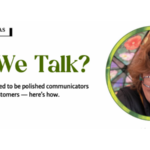



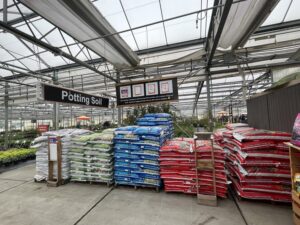

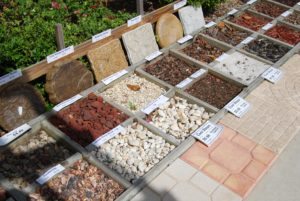
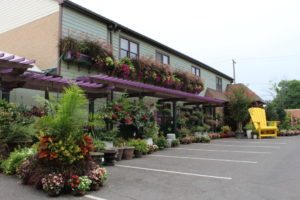
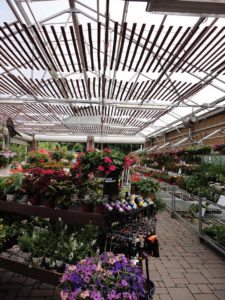

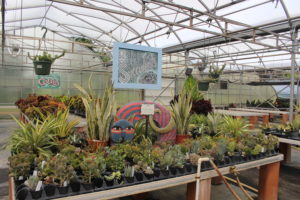
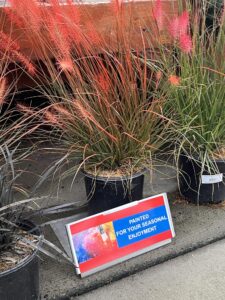
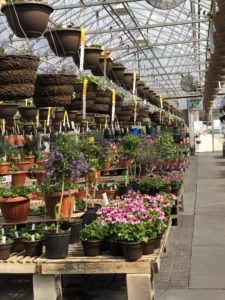
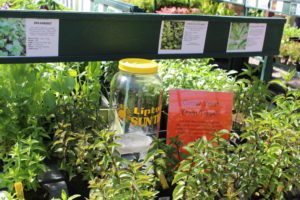
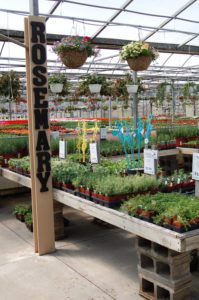

 Videos
Videos





